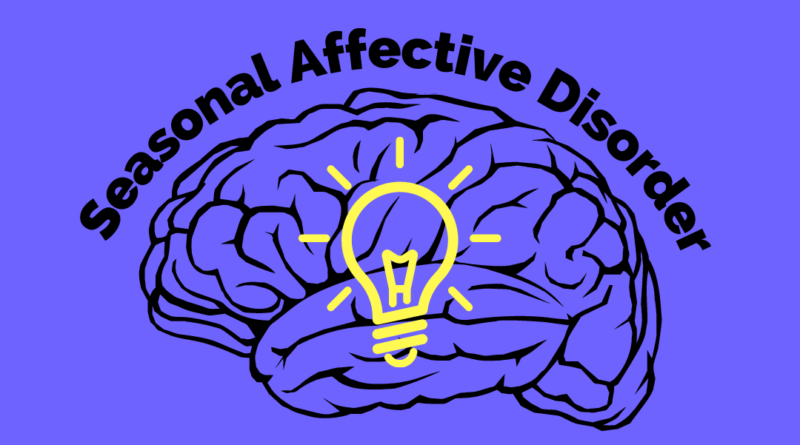Dealing with seasonal affective disorder (SAD)
If you find yourself feeling particularly down during the change in seasons, you may have seasonal affective disorder (SAD).
Seasonal affective disorder- or SAD – is a form of depression that people experience in a seasonal pattern. Often, people find their symptoms are more severe during the winter months, but some people are affected by it during the summer months too (though this is less common).
The exact cause of SAD is not clear, but it’s usually linked to a lack of sunlight. It’s thought that the shorter autumn and winter days affect hormones that regulate things like mood, appetite, and sleep. It’s also possible that the lower light levels disrupt your body’s internal clock, which can lead to low mood and depression. As with other forms of depression, SAD can be triggered by traumatic life events, illness, and drug and alcohol use. Existing conditions can also be amplified by it. Some people may also be more prone to depression because of their genetics.
Symptoms of SAD
People affected by SAD experience much more than ‘winter blues’. There are many different symptoms, but some common ones include:
- Depression, anxiety and/or panic attacks
- Sleep problems, including sleeping for too long and insomnia
- Changes in mood
- Lack of energy
- Overeating
- Irritability
Sometimes the symptoms of SAD can make it hard to cope with day-to-day life. If you are struggling to cope, you don’t have to manage alone. Talking to someone you trust can help a lot, and it’s also worth seeing your GP.

Treatment of SAD
There are several treatment options, including:
- Cognitive behavioural therapy (CBT)
- Counselling or psychotherapy
- Antidepressants
- St John’s wort
Some people also use light therapy to help with their symptoms. Light therapy involves sitting by a special light box which produces a very bright light that simulates sunlight. Many people who use a light box find it’s a helpful short-term solution, especially when used first thing in the morning. Unfortunately, light boxes are not available on the NHS. Some people find it helpful to rent a light box first to see if it helps with their symptoms.
If you decide to try a light box, be sure to pick a medically approved one. The Seasonal Affective Disorder Association has a list of recommended manufacturers.
You can hear about different people’s experiences of SAD and how they manage their symptoms in this video by Happiful.
Self-care for SAD
There are also some things that you can try yourself that may help reduce the impact of your symptoms. These include:
- Getting as much sunlight as possible
- Eating a healthy and balanced diet
- Exercising
- Avoiding stressful situations
- Talking to your family and friends
As with other types of depression, living with SAD can be extremely difficult. If you are struggling to manage your symptoms, it’s a really good idea to talk to your GP. They will be able to help you get the support you need.
Other support
- Understanding depression and where to go for help
- Winter health
- How to cope with loneliness and isolation
- YoungMinds – Tips for coping with seasonal affective disorder
- NHS – Seasonal affective disorder
Read more
Last Reviewed 5 July 2023
Image Credit: Fumble





